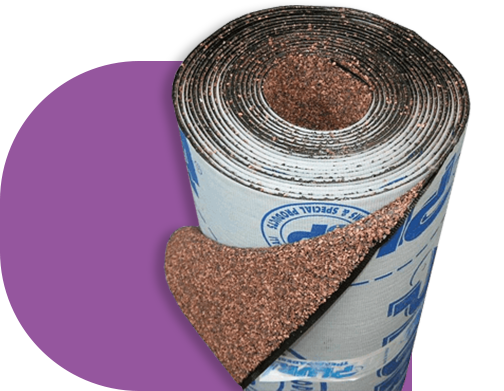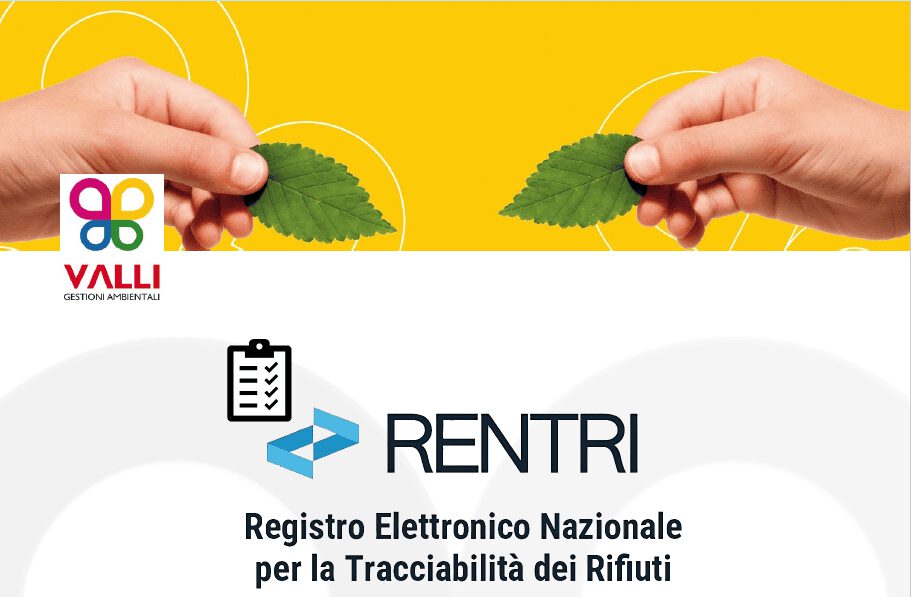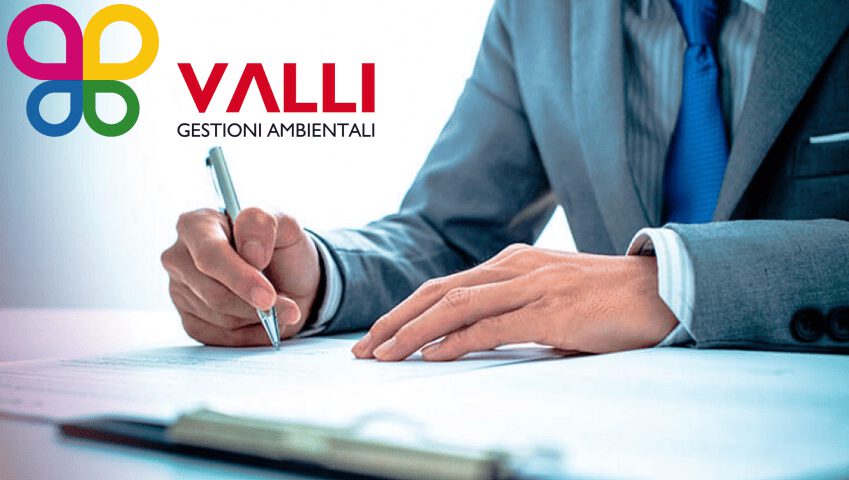Recovery and disposal of bituminous membranes

Recovery and disposal of bituminous membranes: what they are and how to manage them correctly
Bituminous membranes are insulating and waterproofing materials widely used in construction to protect roofs, terraces, balconies and foundations from humidity. Composed of a mixture of petroleum derivatives, they stand out for: versatility of application, resistance to atmospheric agents, durability over time, ease of installation and low cost compared to other waterproofing solutions. Common variants include slate bituminous membranes, adhesive asphalt membranes and liquid asphalt membranes, each for specific applications.
End-of-life and management, recovery and disposal of bituminous membranes
At the end of their life cycle, bituminous membranes become special waste and must be removed, packaged, recovered or disposed of correctly to avoid the release of pollutants into the environment. The removed material must be suitably packaged in big bags or on pallets wrapped with shrink plastic film, in order to ensure impermeability and safety during transport and storage.
To reduce the environmental impact, it is therefore essential to rely on companies specialized and authorized in the management, recovery and disposal of construction waste, such as bituminous membranes.
Classification, EWC/EER codes and reference legislation
The classification of bituminous membranes is based on their chemical composition and the presence of hazardous substances, according to the European List of Waste (EWC/EER), chapter 17 03 – bituminous mixtures, coal tar and tar-containing products:
- 17 03 01 * – Bituminous mixtures containing coal tar (hazardous waste)
- 17 03 02 – Bituminous mixtures other than those referred to in item 17 03 01 (non-hazardous waste)
- 17 03 03 * – Coal tar and products containing tar (hazardous waste)
The legislation relating to the management, recovery and disposal of bituminous membranes is Legislative Decree 152/2006 as amended., not to be confused with Legislative Decree 222/2016, relating to the laying and operating methods of the bituminous sheath.
How is the recovery and disposal of bituminous membranes managed?
The management and disposal of bituminous membranes requires attention and compliance with appropriate times and methods. Improper handling can cause: release of toxic substances into the air, soil and water and environmental penalties and damage to public health. For this reason, it is essential to contact operators who:
- use appropriate Personal Protective Equipment (PPE);
- they collaborate with authorized landfills and specialized recovery and disposal plants.
Costs and procedures for the recovery and disposal of bituminous membranes
The cost for the recovery and disposal of bituminous membranes varies according to: quantity of material and classification of the waste (hazardous or non-hazardous).
The services of Valli Gestioni Ambientali
Valli Gestioni Ambientali is able to provide for the classification of bituminous membranes, with analyses carried out by accredited laboratories, and their recovery and disposal in authorized plants, whether they are classified as hazardous or non-hazardous.
Fill out the contact form, specifying the characteristics of the waste in your possession. We will provide you with the solution that best suits your needs.



